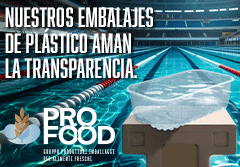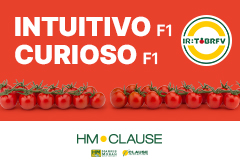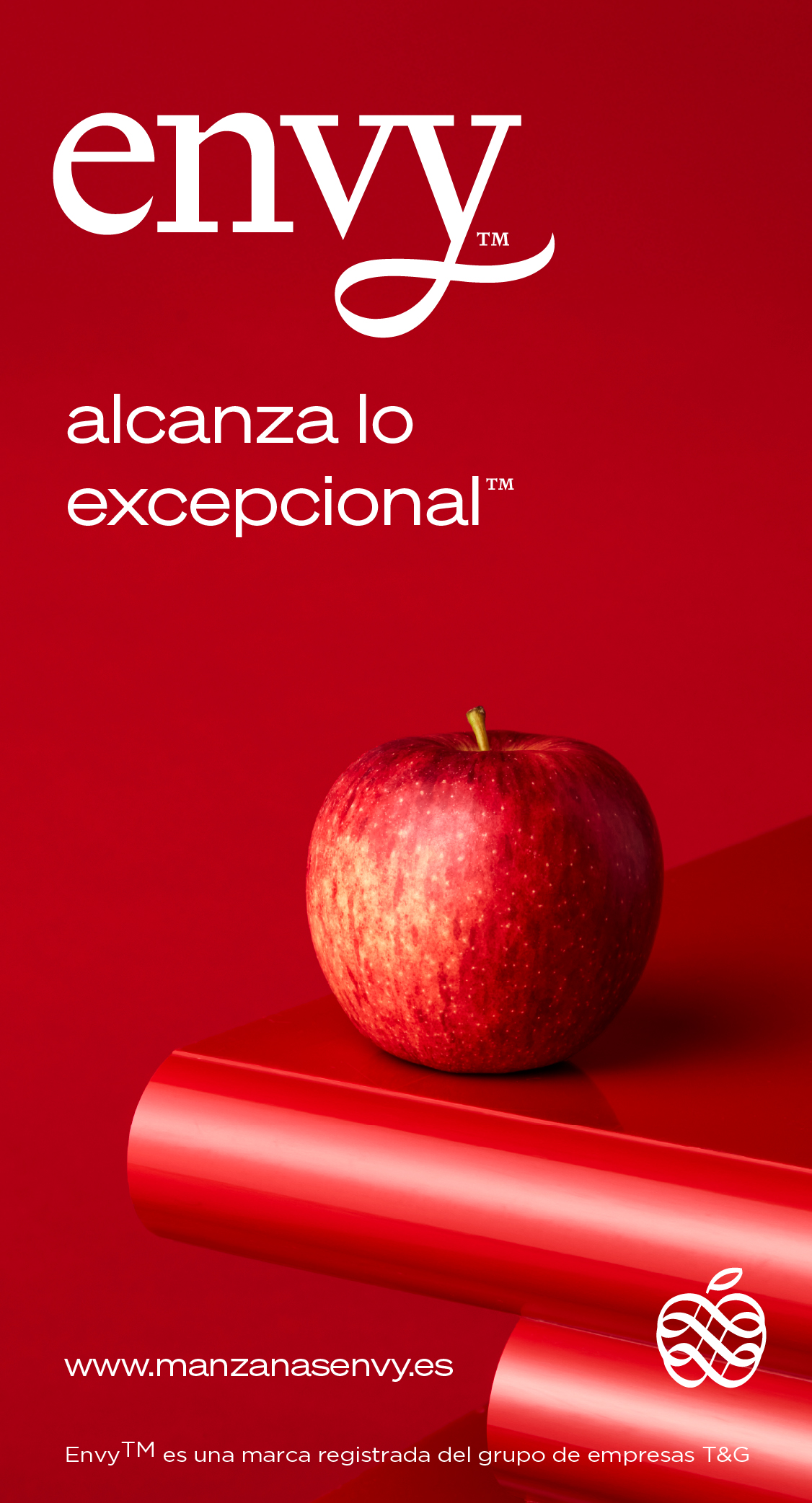Agrícola Navarro de Haro has opted for growing aloe vera and expects to harvest 230,000 kg this year
What makes an eminently fruit and vegetable-growing company opt for a crop such as aloe vera? Fruit Today talked to Agrícola Navarro de Haro to find out the details of the new adventure they embarked on four years ago. It was a spontaneous idea and for 2022 they expect to harvest 230,000 kg.
The Manager, José Alonso Navarro, states: “We had some plots of land for ecological crops that were empty and we were looking for new crops. My wife is very keen on aloe vera and she suggested planting it and starting to see what the crop was like and how it worked in the fields, as it was an interesting product, with many properties and multiple uses.” The decision was taken. “As the area around our main warehouse was planted with Aloe, we collected the plants’ extra ‘babies’ and we used them to start the first farm.”
Since then, the growth has been exponential, producing 250,000 kg, all of it bio, although right now they are opting for consolidation: “we are seeing that the clients/consumers do not understand all the benefits of the product. From the Asocialoe association they are attempting to communicate the plant’s advantages.”
The main markets for this produce are supermarkets in England, Germany and France. In Spain, it is mainly used in industry, particularly for cosmetics.
Characteristics
It appears in warm regions. Cold weather is its enemy, as is too much water. It is highly resistant to pests and to hydric stress and it needs a great deal of sunlight.
It is harvested when the plant is between 2-5 years old, cutting the leaves closest to the soil. These oldest leaves are where its properties are concentrated.
Advantages
Water consumption is low, “they do not use more than 1,500 cubic metres per year,” and they also use fewer other types of inputs as they do not need insecticides and require little labour.
Formats
For selling fresh, they adapt to the client’s requirements. “Cardboard, Eps, Ifco…, in formats holding 8, 12 and 16 pieces; in 2 or 3 piles of leaves with 4 leaves per pile, with a paper separator in between the piles. The weight ranges between 550-750 g/leaf.”
In addition to the plant pots in cardboard packages, they have other larger ones that they sell in carriers. Each one includes a guide book explaining how to look after the plant and information about its benefits.
























